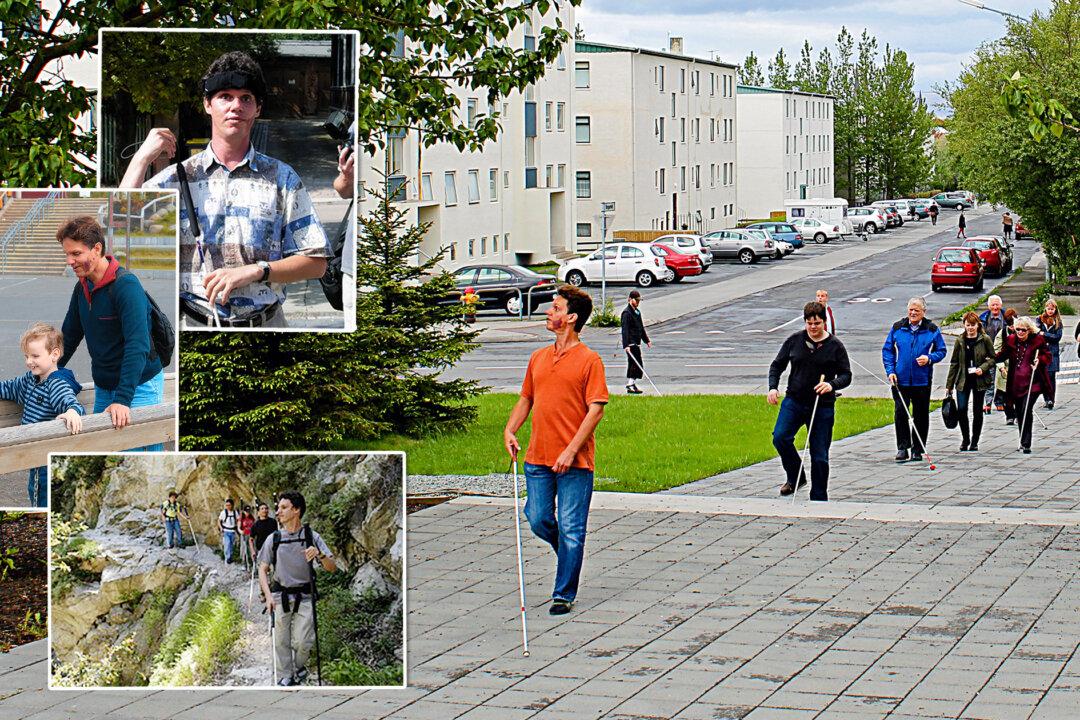Propelled by curiosity, Daniel Kish learned an amazing adaptation after losing both his eyes to cancer as an infant: echolocation. Now, at 57, he “sees” the world with his ears like a bat does, by making clicking noises with his tongue to create a mental map of the world around him from the reflected sound.
“I was not born blind. However, I was very likely born significantly visually impaired,” Kish told The Epoch Times. “My eyes were removed due to retinal tumors, a condition called retinoblastoma. ... My first eye was removed when I was 7 months old, and my second was when I was 13 months old.”





